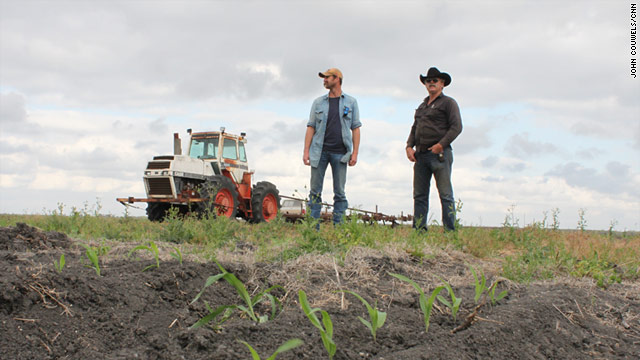Further contamination of vegetables added to global anxiety on Wednesday at radiation from Japan's tsunami-smashed nuclear plant where engineers are struggling to cool reactors in the world's worst atomic crisis for 25 years.
 |
Doctor Keiko Yamada screens a dog from Fukushima to test for signs of nuclear radiation at a health center in Yonezawa, northern Japan, 98 km (61 miles) from the Fukushima nuclear plant, March 22, 2011. |
Above-safety radiation levels have now been discovered in 11 types of vegetables from the Fukushima area in north-east Japan where the six-reactor plant was battered by a March 11 earthquake and tidal wave, the government said.
Radiation has also been found in milk, tap water and the nearby Pacific sea, though Japan and experts insist levels are still far from dangerous to humans.
The Asian nation's worst crisis since World War Two has caused an estimated $250 billion damage, sent shock waves through global financial markets, and left nearly 23,000 people dead or missing, mostly from flattened coastal towns.





